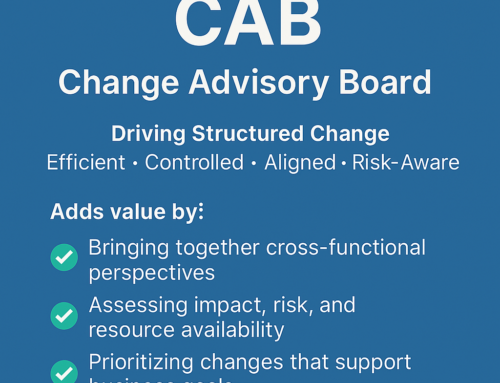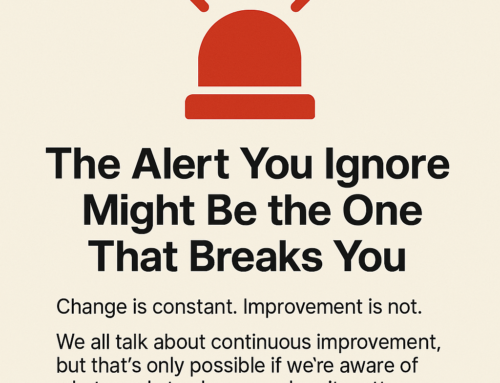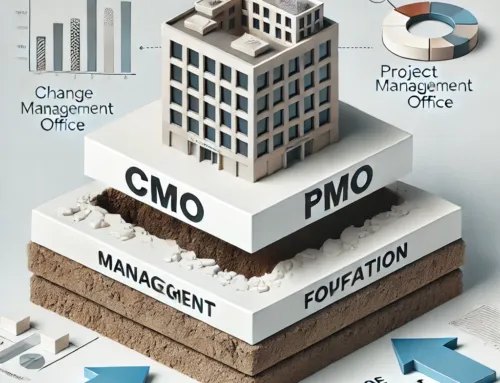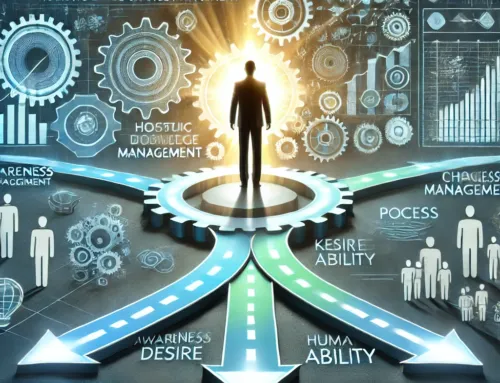Project Description
In today’s fast-paced business world, managing change is critical. Many organizations start a Change Management Office (CMO) for a major initiative like an ERP implementation. But why stop there? A well-structured CMO can evolve into a powerhouse driving enterprise-wide transformation, ensuring long-term agility and competitive advantage.
Phase 1: Project-Level Impact
Initially, a CMO ensures smooth ERP adoption by:
- Structuring change management
- Engaging stakeholders
- Reducing resistance
- Driving communication and training
- Ensuring business continuity during transitions
Phase 2: Expanding Influence
Success breeds demand. After ERP, the CMO expands to optimize processes, lead digital transformation, and manage regulatory shifts. It becomes a central force in change governance, embedding best practices across departments and establishing a framework for sustainable transformation.
Phase 3: Strategic Business Driver
A mature CMO aligns change with business goals, embeds continuous improvement, and builds organizational resilience. It shifts from reactive support to proactive transformation leadership, influencing decision-making and preparing the organization for future disruptions.
Future-Proof Your Business
Change isn’t a project—it’s a mindset. Is your organization leveraging change management as a one-time fix or a lasting strategic asset? Let’s discuss how your CMO can be the engine of long-term success!






